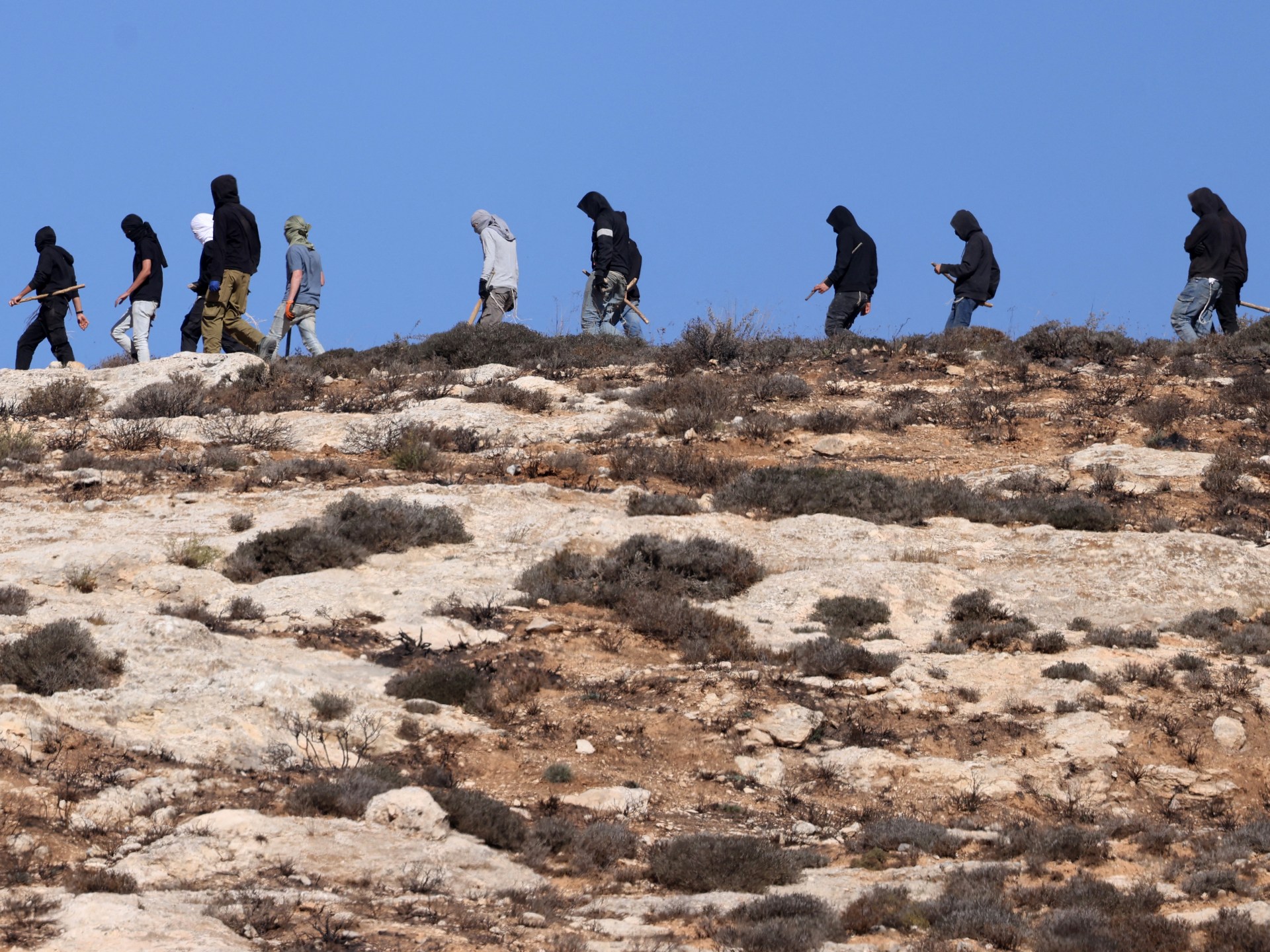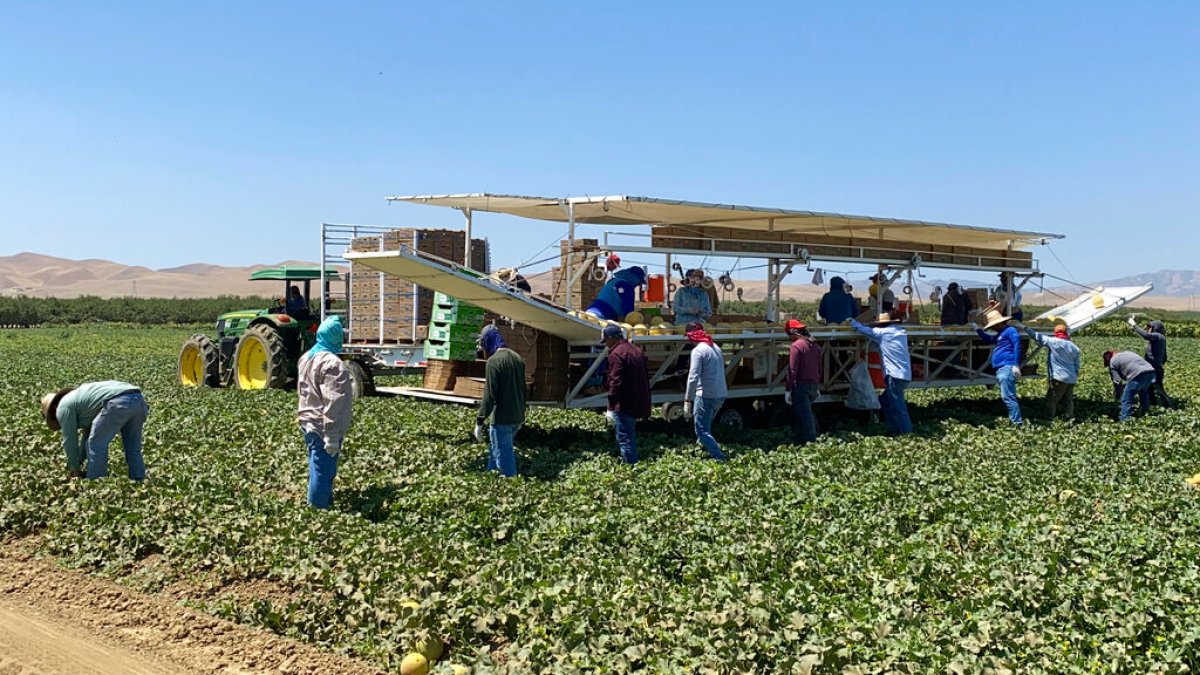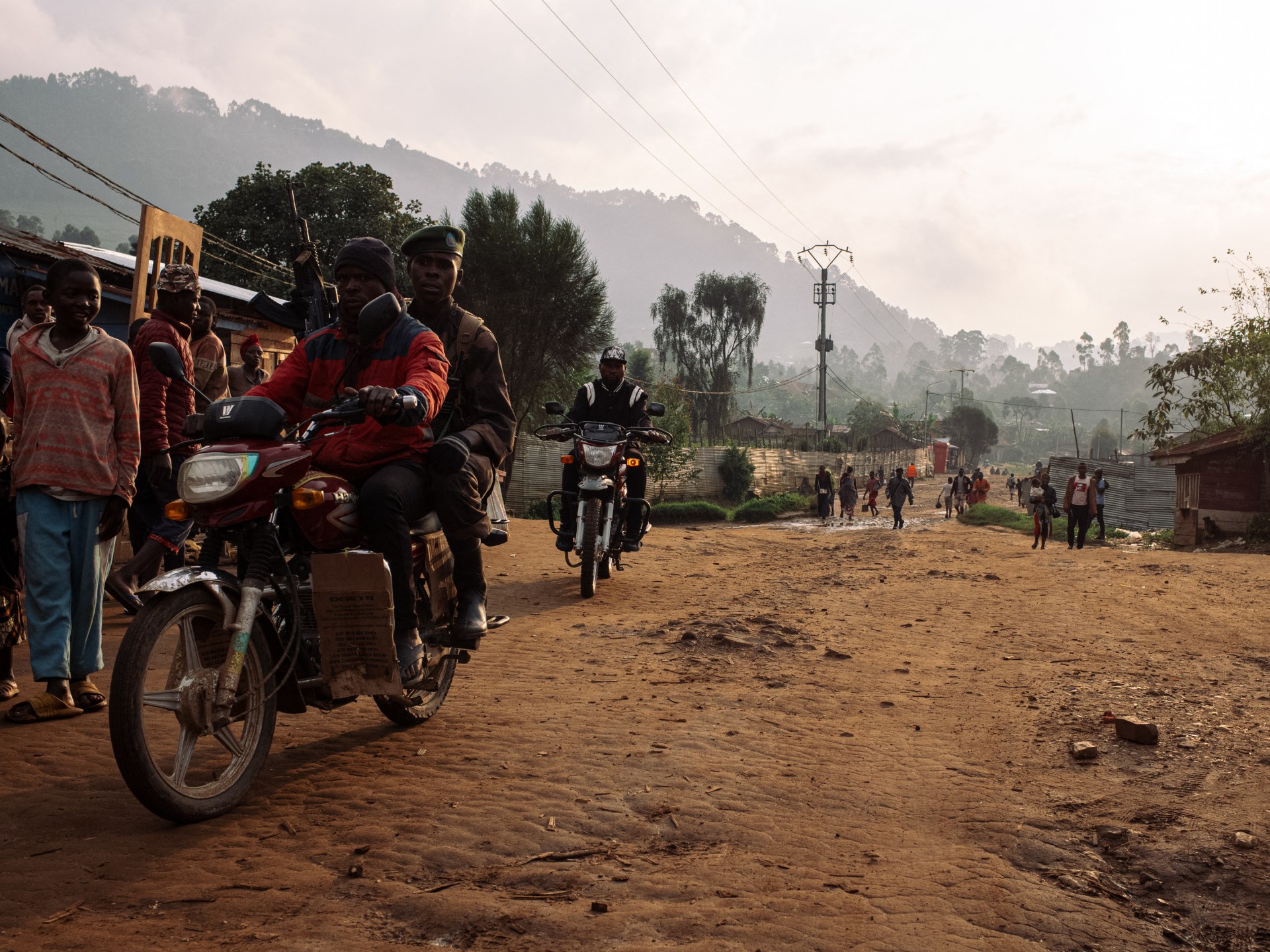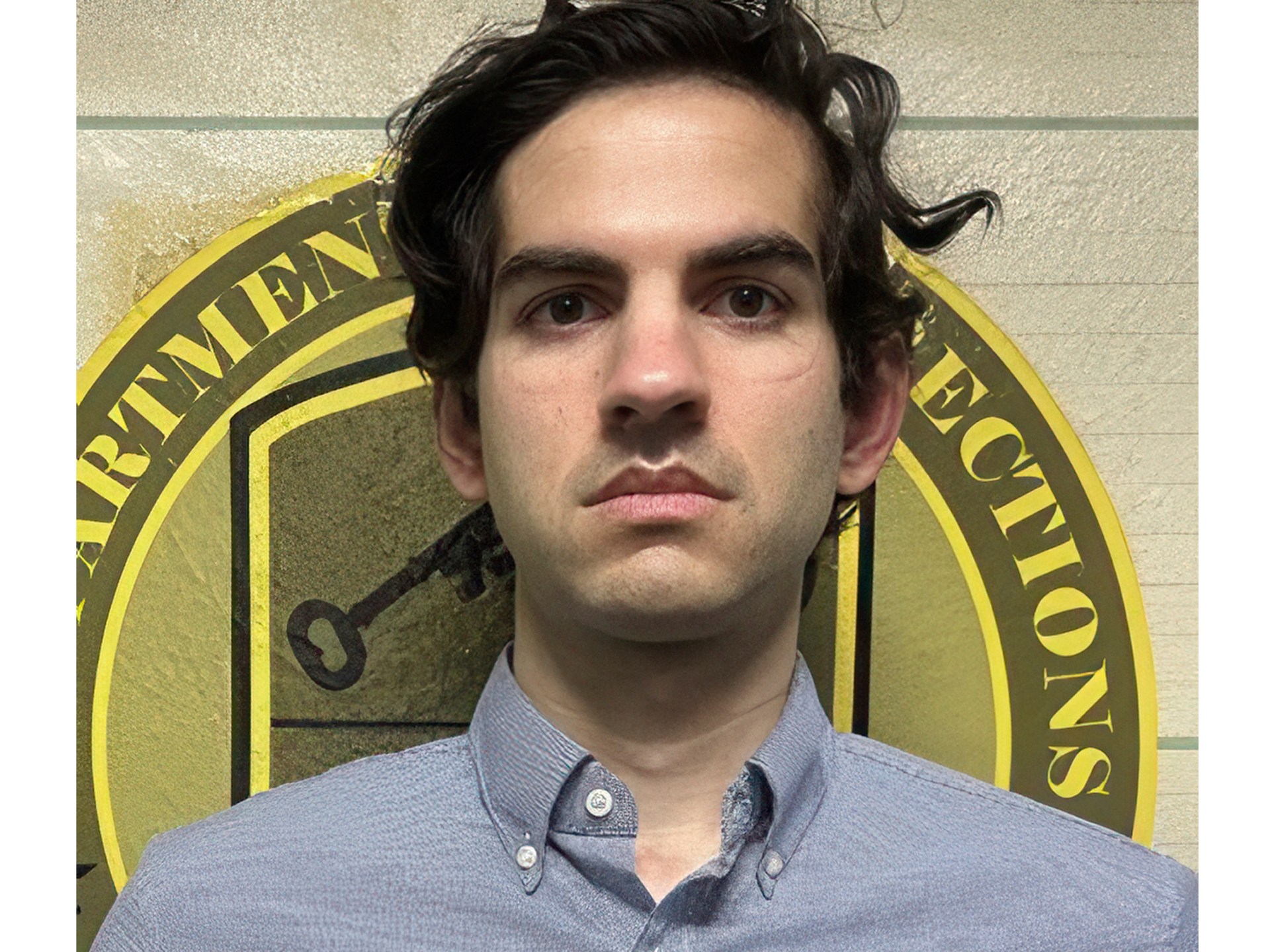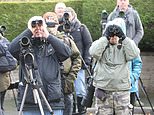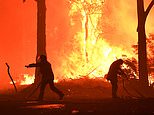
Unpredictable weather patterns and unusually warm winter temperatures – have hiked the threat of bushfires, a top firefighter has warned.
Greg Mullins, former NSW Fire and Rescue Commissioner who served from 2003 to 2017, told Daily Mail Australia that even brief periods of dry heat could dehydrate the land enough to ignite large areas of the country.
Mullins pointed out that a heatwave in northern Australia had already sparked bushfires, while strong winds have hit the southeast which – if replicated during fire season – could fan highly dangerous blazes.
He said increasingly erratic weather conditions make it harder to prevent major fires.
The latest seasonal bushfire outlook for spring found unseasonal rainfall in Queensland and the Northern Territory had bolstered fuel loads and raised fire danger as a consequence.
Parts of western Victoria and eastern South Australia are also at an increased risk of an early start to the fire season, while authorities have warned Tasmania could follow suit if warm and dry conditions continue.
However Mr Mullins warned that long-term weather predictions across the season have become unreliable due to climate change.
‘We saw Black Summer, the worst fires we’d ever had after the hottest and driest summer ever, to the worst floods many places had ever experienced the next year,’ he said.
The drastic changes in weather also made it much harder for hazard-reduction burns to take place, as sudden, intense winds could cause them to grow out of control.
Former NSW Fire and Rescue Commissioner, Greg Mullins (pictured), has warned unpredictable weather could lead to major bushfires and floods this year
Having spent over five decades as a career and volunteer firefighter, he thinks it’s likely firefighters will aid Aussies around the country during fires and other emergencies this year.
‘The windows are closing for us to conduct our best mitigation tool over broad areas,’ Mr Mullins said. ‘It’s like we’re fighting with one arm behind our back.’
While this bushfire season is unlikely to be as catastrophic as the 2019/20 Black Summer, the risk of fires could still be immediate.
‘Flash droughts,’ which are brief periods of intense heat and dryness, can quickly transform areas that have recently received rain into highly flammable conditions suitable for fires within just a few weeks.
‘When the vegetation is stressed, dying, and it burns easily, and all you need is wind.
‘Once it’s hot, once the humidity is low, you just add wind and you’re in trouble.’
Mr Mullins expects there will be major fires over coming months and also a possibility of floods in some states, requiring emergency workers to cross borders to provide assistance.
‘I know that the current chiefs have a very high level of readiness at all times, because the likelihood of extreme weather events is far greater than it was a decade or two decades ago,’ he said.
He warned our ability to fight fires this season might become more challenging because fire-dousing aircraft borrowed from the US could stay there to address their longer fire seasons.
Mr Mullins warned California is expected to experience its worst fire season just as Australia’s fire season begins to intensify.
‘There’s finite resources worldwide … California, Colorado and Idaho, are having their fire seasons lengthened so they don’t let the large aircraft go that we lease for our summer,’ he said.
‘So if we have big fires now there’s only one, maybe two, big water bombing aircraft in Australia and the big helicopters are all working in California and Colorado.’
AFAC chief executive Rob Webb said climate change had lengthened the bushfire season in a number of regions, but spring was the typical peak for northern areas.
‘There’s no doubt through the changing climate, our fire seasons are getting longer but the typical peak of the fire season in northern Australia is this time of year, that August and into-September period, and it works its way south into the summer months,’ he explained.
‘But the key thing is, a normal season still means bushfires in Australia and whether it be spring or into the summer months, it’s an important time for people to be prepared.’
His main concern is the potential of ‘flash droughts’ suddenly turning land into tinderboxes for catastrophic bushfires in a matter of weeks (pictured, Black Summer fires in 2019)
Massive stretches of Australia have a greater-than-average likelihood of being hit by ‘significant’ bushfires this upcoming season (pictured, AFAC’s spring bushfire outlook)
The firefighter said the likelihood of extreme weather events had increased over the past two decades and were becoming more devastating (pictured, flooding in Moree, NSW, in 2022)
A number of heat records have fallen in recent weeks, including Australia’s hottest winter temperature being set at Yampi Sound, northeast of Broome in WA, on August 26.
The 41.6C high eclipsed a 41.2C record also set in WA in August 2020.
A top of 40C in the NT’s northwest set a new August record, while SA broke its monthly record on August 24 when the mercury reached 39.4C at Oodnadatta – almost 3C higher than a record set in 1946.
Widespread bushfires have already broken out in several states, including dozens of blazes in NSW after unseasonal late-winter heat.
Mr Webb said the hot conditions in the lead-up to spring created ideal conditions for fires to spread.
‘Anytime vegetation is put under strain, if you get particularly warm or dry conditions, that dries out and evaporates, so it’s easier for any fires that do start to take hold a bit quicker,’ he said.
‘It will tend to dry the fuels out a little bit more and that’s what we need for a bad fire season, something to burn.’
Hot conditions are predicted to continue through spring.
